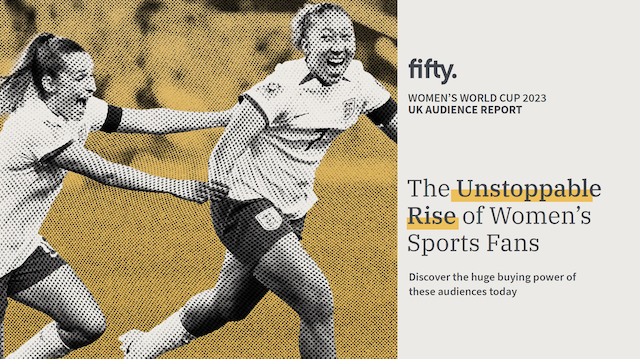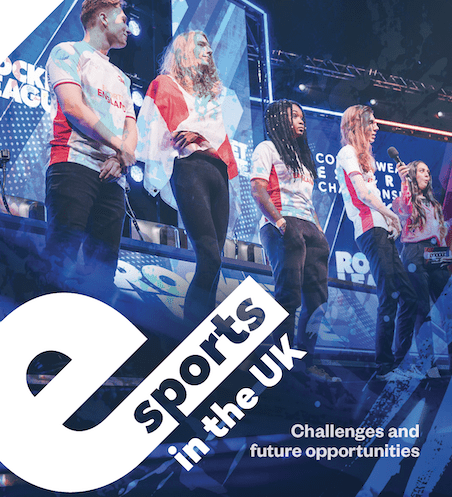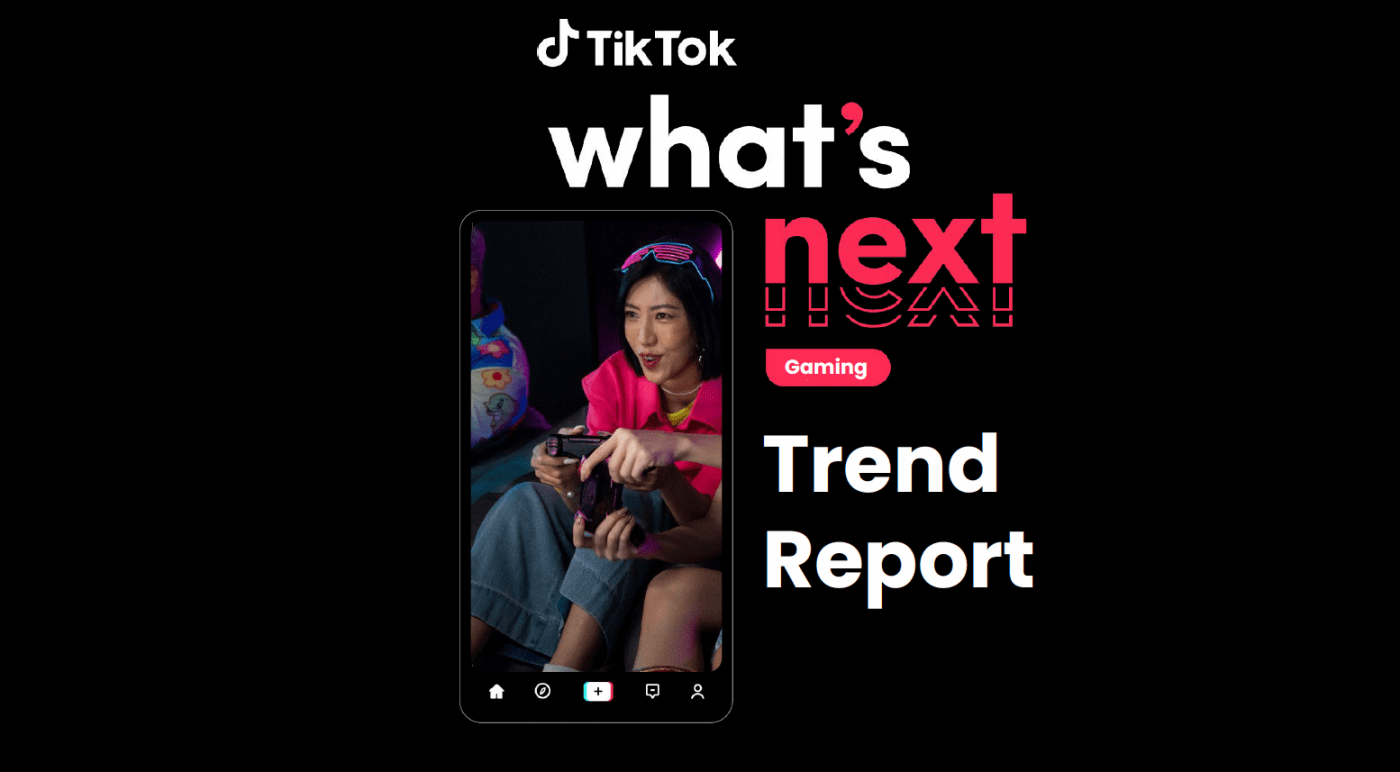Newzoo’s Global esports Market Research Report 2017 gives a point of view on the key trends, global esports market revenue, global esports audience and forecasts for the future. Peter Warman, CEO at Newzoo, says in his foreword:
“2016 was another big year for esports, with the industry showing signs of becoming a global mainstream market. This year will be no different, another pivotal year for esports. As the convergence of games and traditional media accelerates, esports is leading the way. Already, esports has been broadcast on TV in more than a dozen new countries, major media companies have invested big into esports, and numerous traditional sports teams and agencies have entered the industry. Media rights trade is becoming a serious business and is expected to grow sevenfold from only $50 million in 2016 to close to $340 million in 2020. Further, even more major non-endemic brands will close big sponsorship deals with teams, leagues, and events. Nike, adidas, and Under Armour will battle it out for jerseys in 2017. Early movers are increasing their investment by several factors year on year. Ultimately, esports provides brands an entry point into the favourite pastime of digital natives and Millennials: gaming.“
Newzoo’s partnerships with teams, leagues etc allows them access to confidential data that is anonymised in their reports. However their bold predictions are based on their informed opinions. Interestingly though, whereas once reports like this were welcomed by the esports industry and treated without question, one industry player is now sounding a word of warning. Stuart Saw, Director of esports Strategy at Twitch, posted on LinkedIn in reaction to the publishing of this report:
“Reports such as these are dangerous and fuelling a bubble in an already fragile ecosystem. To the many folk I’m connected to who are investigating the esports market, check and double check your sources.”
We have yet to see the specifics of Stuart’s concerns, indeed Peter Warman has asked for such details in a response, but we do counsel all of our clients to interrogate research, from whatever source, rather than draw simple conclusions from summary reports. Statistics can be presented to tell a variety of stories (not that we are suggesting that is what Newzoo is doing), depending on your point of view and/or agenda. It’s important to use reports like these as one of many points of reference and context, but to undertake your own specific research, pertinent to your own aims and key audiences, to help inform decision making.
Having said that, one of the areas in this report (and previous Newzoo reports) that we take issue with (and have raised informally with Newzoo at a recent esports conference) is the comparison of esports to individual traditional sports. Individual game titles should be compared to individual sports to have like for like comparisons, otherwise you are comparing an industry stat to a single entity. We believe this to be misleading, especially for people new to esports that are trying to grapple with the language.
That aside, the highlights from the report include:
- Analysis of esports helping accelerate media convergence
- Traditional sport’s increased involvement in esports
- A belief that the global esports revenue in 2017 will reach $696m, 38% of which is predicted to emanate from sponsorship, and in total a 41.3% increase on 2016
- The forecast that the esports audience will reach 385m globally, of which 191m will be enthusiasts and the remainder occasional viewers. Growth is predicted to hit 591m in 2020
- esports enthusiasts are predominantly male (71%), 38% of which are 21-35 years old and 20% 10-20 years old
- Occasional viewers skew slightly older, with 39% women
- 50% of enthusiasts are classed as having a ‘high household income’, but specific parameters around this are not clear
- 424 esports events, with a prize pool of at least $5000, were organised in 2016, mostly by ESL, Blizzard, Riot Games and MLG (part of Activision Blizzard)
- $93.3m was awarded in prize money (all events), up 52.9% on 2015 and topped by The International’s $20.8m prize pool alone. This illustrates the ongoing challenge (and cost) for event organisers, who aren’t publishers, in attracting the world’s best teams to their events
- US events accounted for a 56% share of total prize money, followed by China (13%) and Western Europe (12%)
Click here to download the summary of ‘Newzoo’s Global esports Market Research Report 2017’.














